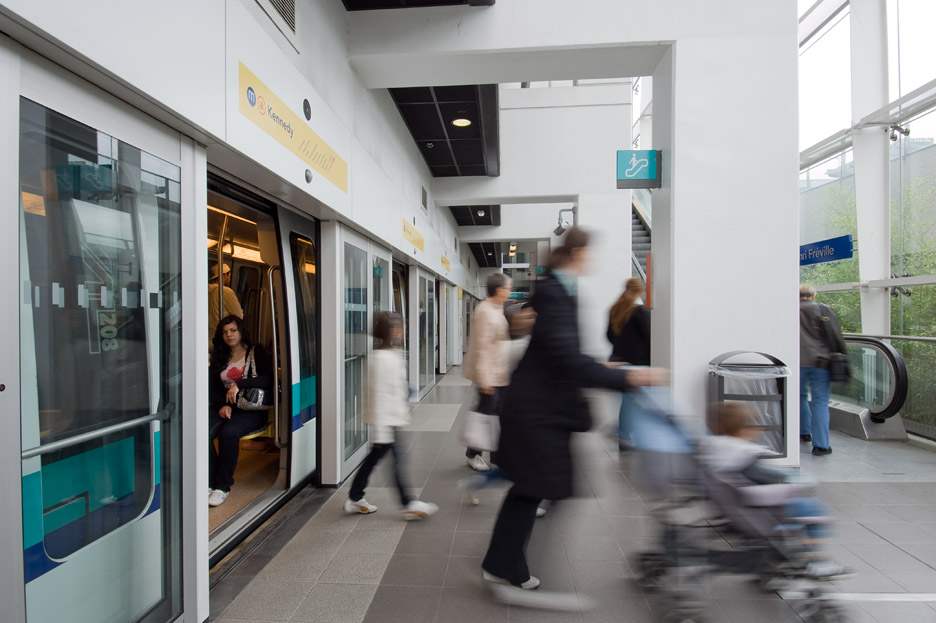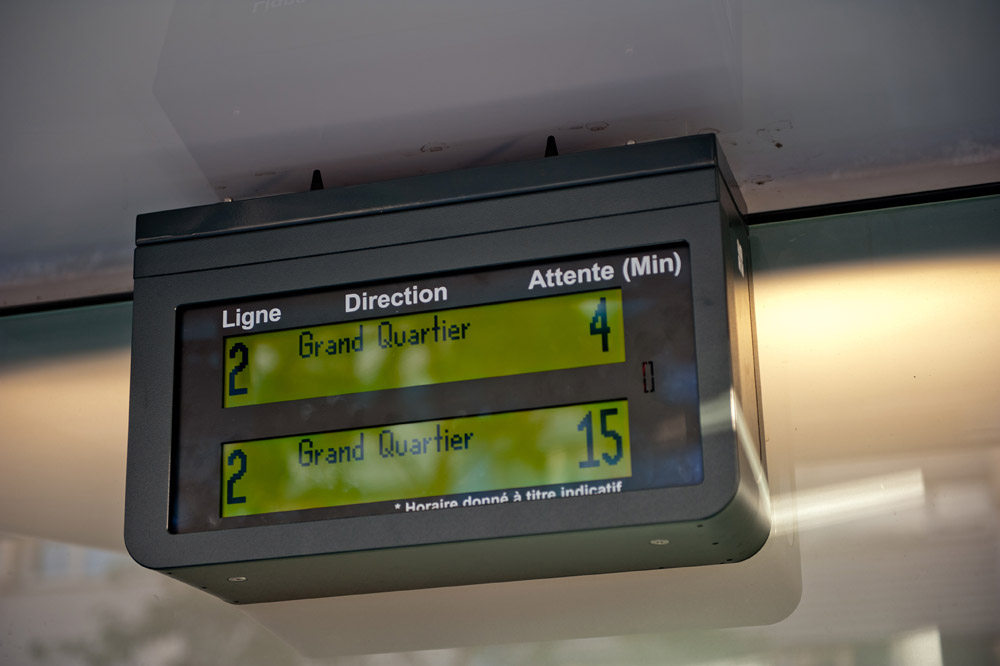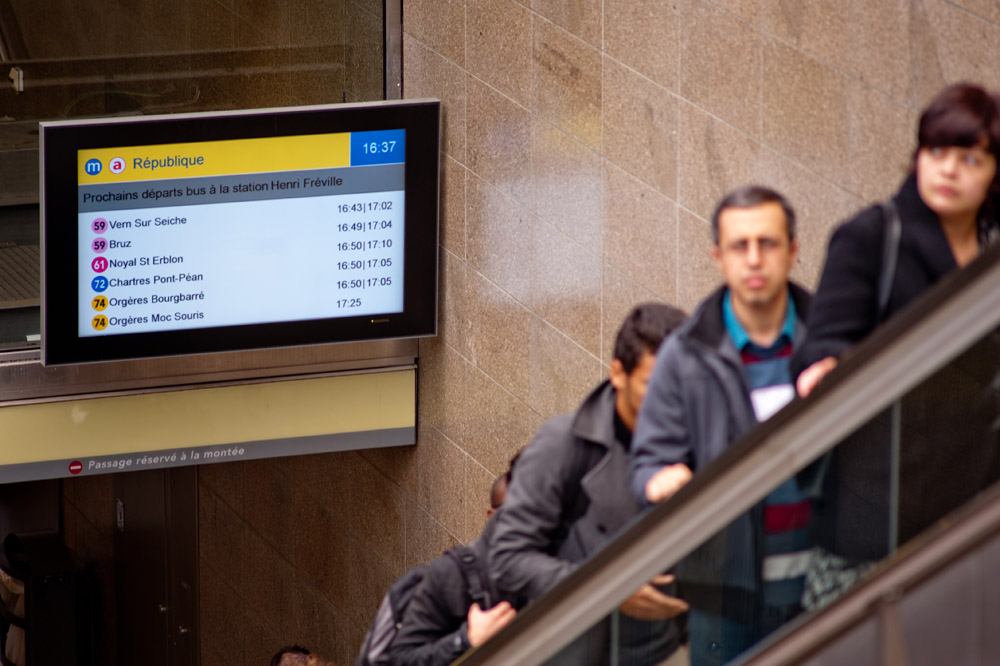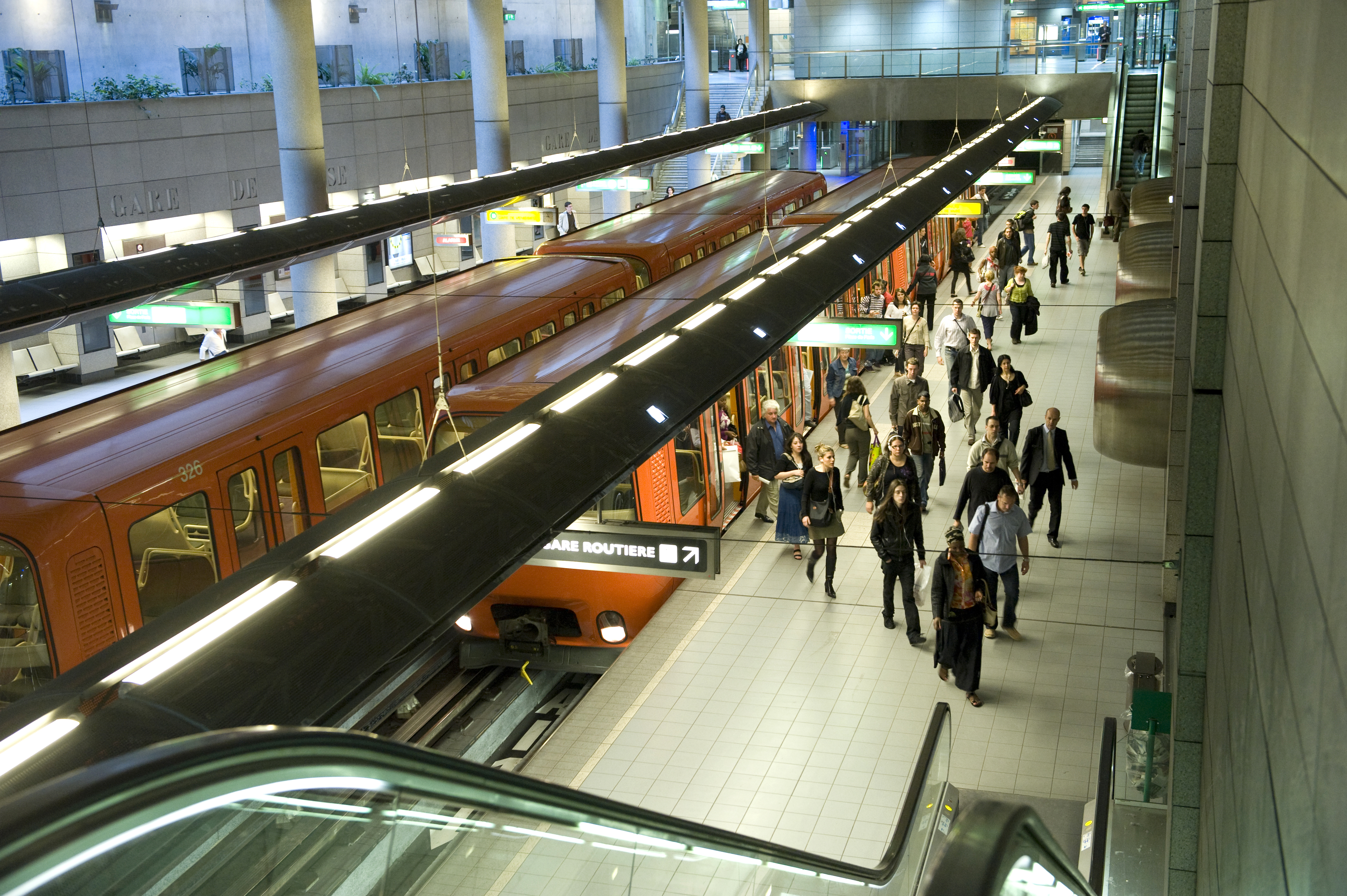Context: accommodating an increase in passengers on the automated metro and compensating for delays in the delivery of new trains
Transit operators are always getting to grips with new challenges. In this case, the challenge was to boost train capacity, i.e., to increase the number of passengers transported on a line at any given time without adding new trains. Investing in and rolling out new trains is a costly and time-consuming process. In Rennes, two factors made it necessary to find a novel solution—a significant increase in the number of passengers and a delay in the delivery of new metro trains.
To remedy this situation, Keolis came up with an innovative solution to increase capacity with the same number of trains while the city awaits the delivery of additional trains: capacity scheduling.




